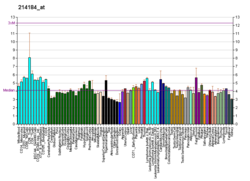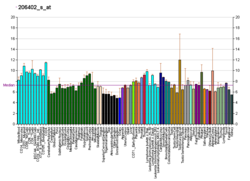Function
Neuropeptide FF (NPFF) and several other RFamide related peptides issued from two precursors, interact with varying affinity with two subtypes of G protein-coupled receptors, namely NPFF1 and NPFF2 subtypes and are involved in several physiological functions such as cardiovascular regulation, hormonal control, macrophage activation, body temperature homeostasis and pain modulation. [6]
NPFF and opioid systems have been shown to interact at several levels, from animal behavior to receptor molecules. Nociception is the physiological function in which this interaction has been the most extensively studied but reward, locomotion, feeding and intestinal motility are also affected. Endogenous opioids are necessary for the analgesic properties of spinally injected NPFF while endogenous NPFF peptides are involved in the process of analgesic tolerance/hyperalgesia induced by chronic opioid treatment. [9] [10] [11]
As well as affecting pain perception, NPFF also modulates related processes such as inflammation and macrophage activation, [12] [13] and neurogenesis during recovery from brain injury, [14] as well as being linked to mood disorders such as depression and anxiety. [15] Peripheral NPFF receptors are also involved in the regulation of blood pressure. [16]
NPFF also controls the number and metabolic effects of adipose tissue macrophages, and NPFF is necessary for adipose tissue health, [17] but over-activation of NPFFR2 receptors has been linked to obesity and metabolic syndrome. [18]
This page is based on this
Wikipedia article Text is available under the
CC BY-SA 4.0 license; additional terms may apply.
Images, videos and audio are available under their respective licenses.






